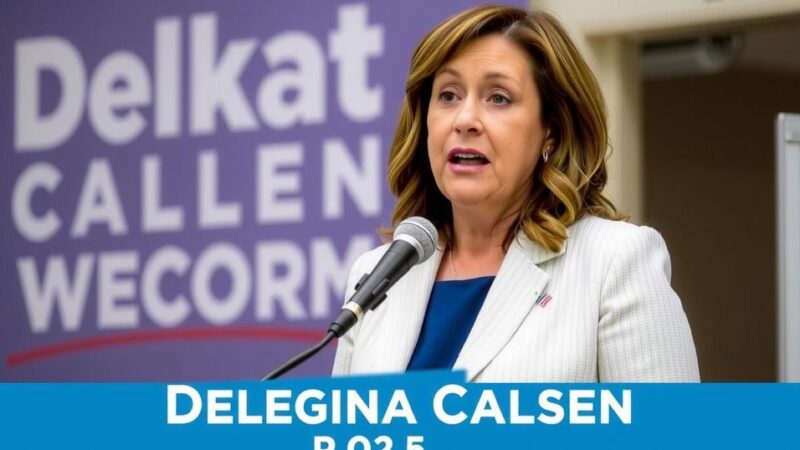The recent ousting of Bashar al-Assad has left Syria fragmented among various armed factions, primarily led by Hayat Tahrir al-Sham (HTS). International players, especially Turkey, Iran, and Russia, are recalibrating their strategies in response to this power shift. For Iran, Assad’s fall signifies a loss of regional influence, while Russia’s investment in the regime appears at risk as its military presence is questioned. Rebuilding Syria hinges on the formation of a stable governance structure amid ongoing factional rivalries.
In a recent exchange with a Syrian barista in the United Kingdom, I inquired about the significant news concerning the ousting of President Bashar al-Assad. His hopeful outlook underscored the aspirations of over 7 million Syrian refugees eager to return to their homeland. Reports suggest that Assad and his family have taken refuge in Russia, leaving the presidential palace vulnerable to former subjects, who have begun symbolically dismantling the legacy of his father, Hafez al-Assad.
Currently, Syria is divided among various factions backed by international players including Russia, Iran, Turkey, the United States, Gulf states, and Israel. Amidst this fragmentation, Hayat Tahrir al-Sham (HTS) has emerged as the most powerful rebel group. Originating from an al-Qaeda affiliate, HTS has since distanced itself from its extremist roots, focusing on overthrowing Assad and opposing Iranian influence.
Turkey’s backing of HTS has been pivotal in the recent operations against Assad’s regime, particularly as Turkey seeks to establish influence in a post-Assad Syria and mitigate Kurdish threats. Conversely, Iran’s loss of its ally diminishes its strategic foothold in the region, compromising its supply routes to militant groups like Hezbollah.
Russia, having invested heavily in Assad’s regime, now faces questions regarding its military presence in Syria amid its distractions from the ongoing conflict in Ukraine. The future of Russian military bases in the region hangs in the balance as the loyalty of the new Syrian government remains uncertain.
Rebuilding Syria presents a formidable challenge, with past attempts at peace negotiations failing to yield substantial progress. The landscape is further complicated by the ongoing influence of the Syrian Democratic Forces (SDF) in the northeast and divisions within Turkish-backed groups such as the Syrian National Army. Without effective governance and unity among the various factions, the potential for external players to exploit the power vacuum remains a significant concern.
The recent developments in Syria reflect a seismic shift in the power dynamics of the region, particularly following the reported ousting of President Bashar al-Assad. For years, Assad, supported predominantly by Russia and Iran, had retained power through a violent civil war that fractured the country into regions controlled by various factions. The emergence of HTS as a leading rebel group signifies a new chapter in Syria’s ongoing conflict, suggesting an increasing complexity in international relations as Turkey, Iran, and Russia recalibrate their strategies in response to the changing landscape.
In conclusion, Syria’s current situation illustrates a complex interplay of regional and international interests following Assad’s ousting. The rise of HTS signifies both a challenge and an opportunity for various factions to consolidate power, while the diminishing influence of Iran and Russia raises questions about the future of their strategic aims in the region. Without a cohesive and stable transitional government, the risk of further fragmentation looms large, necessitating Syrian involvement in rebuilding their nation while balancing external influences and aspirations for peace.
Original Source: theconversation.com





